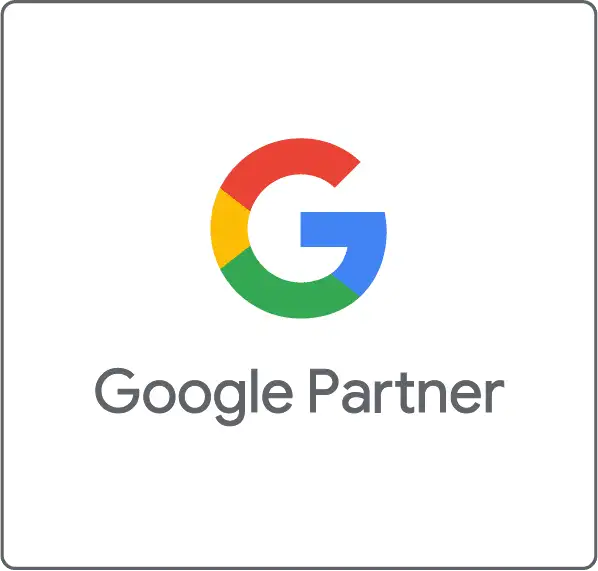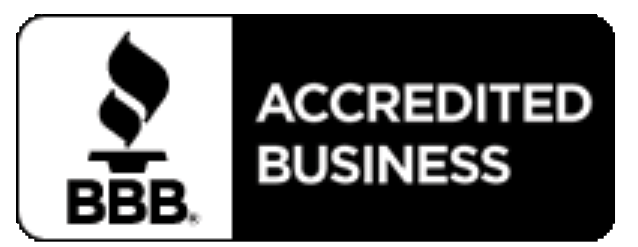If you are a business owner and you want to improve your SEO a fantastic way is to blog. Blogging helps search engines like Google, Bing and Yahoo understand exactly what your business is about. By creating this content blog posts spark conversations about your business, they can be shared on social media to attract new prospects, and they help people who are searching for the solutions you provide.
Here are some ideas for developing blog content that can help you rank in search engines.
Step 1 – Define Your Audience
Identify exactly the solutions you have, and the search terms that your ideal customer is entering into Google. For BrillMedia.co our search terms are “programmatic advertising”, “hyperlocal marketing”, “programmatic consulting” and “small business marketing”. So, from here I’m thinking about the myriad of concepts that speak to these issues.
For programmatic advertising and programmatic consulting people will search for terms related to real time bidding, demand side platforms and algorithmic optimizations.
Hyperlocal marketing speaks to some of the concepts above, and in addition concepts around latitude and longitude targeting, and the specific platforms that enable this type of targeting.
Small business marketing is broad, and speaks to issues around website creation, social media marketing, search engine optimization and how marketers can use platforms like Facebook.
Step 2 – Define Your Ecosystem
Now that you know some of the elements around the marketplace get a little more tactical.
For the enterprise programmatic audience we have the audience data ecosystem players like Acxiom and Epsilon. Demand side platforms like TubeMogul and The Trade Desk are relevant. Solving for issues around transparency, fraud prevention and analytics are all key here.
For hyperlocal marketing we have the specific capabilities in Facebook that allow us to target users. We also see there are use cases for businesses, especially small businesses, where this is particularly useful. We can detail ways in which businesses use hyperlocal advertising to scale their business.
Finally, for small business marketing, there are so opportunities to talk about the types of website creation businesses, details about blogging, like this post and how to deal with mindset while you are building your business.
The point here is to take inventory of the different partners, companies, solutions and challenges that exist in your business. Take inventory of the players in your space, and look for inspiration from that information.
Step 3 – Start Blogging
You know a lot about your business already, otherwise you wouldn’t be doing this work. Whether you are a restaurant owner, Crossfit studio, B2B marketer or an artist you have inherent knowledge to share with the world. You can do as I do, which is dedicate time every day, or multiple times a week to develop content, or you can create a content calendar. For my work style divining inspiration every day works for me, but the best practice is to create a content calendar. This is similarly valuable advice when you are creating social media content, but we’ll leave social media strategy setup for a different day.
Give away value. Unless you write a detailed guide, which goes into way more detail than a blog post, your audience will get the bits and pieces of your business that are important and they will see your expertise in the space. Tell your prospects what they need to know to. By doing this you’ll create content that is shareable. It will get passed around to relevant parties, and you will build your reputation as an expert in the work you do. From there other sites will link to you and that will also help your SEO.



